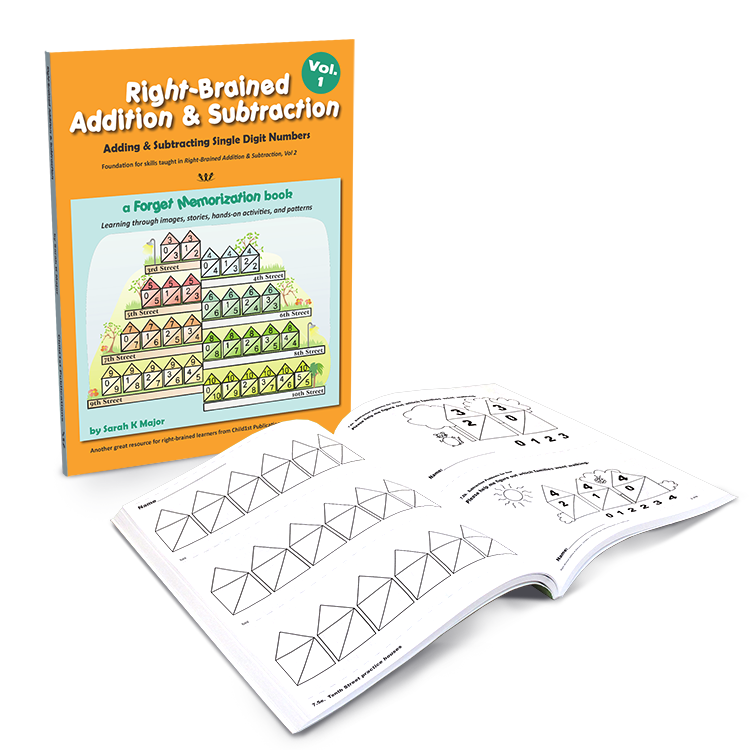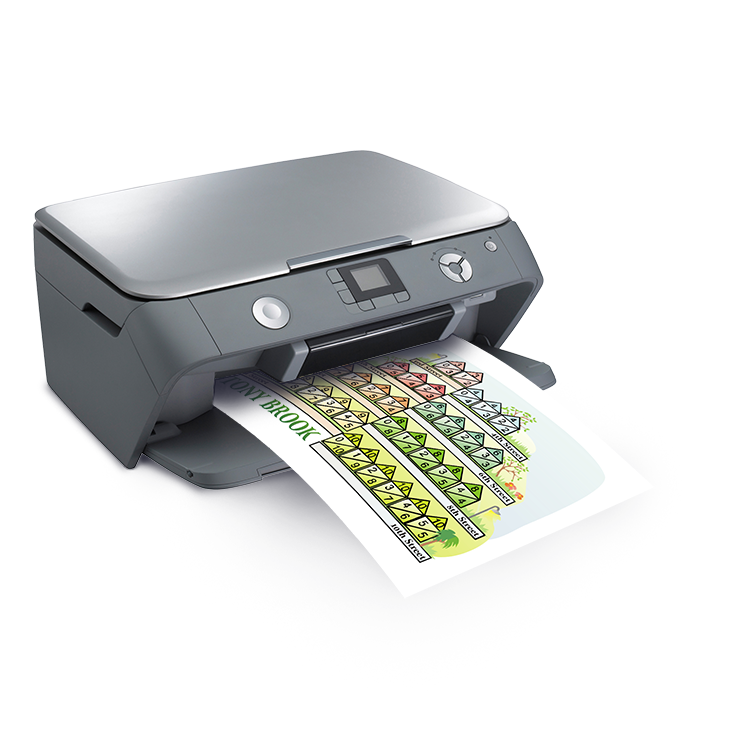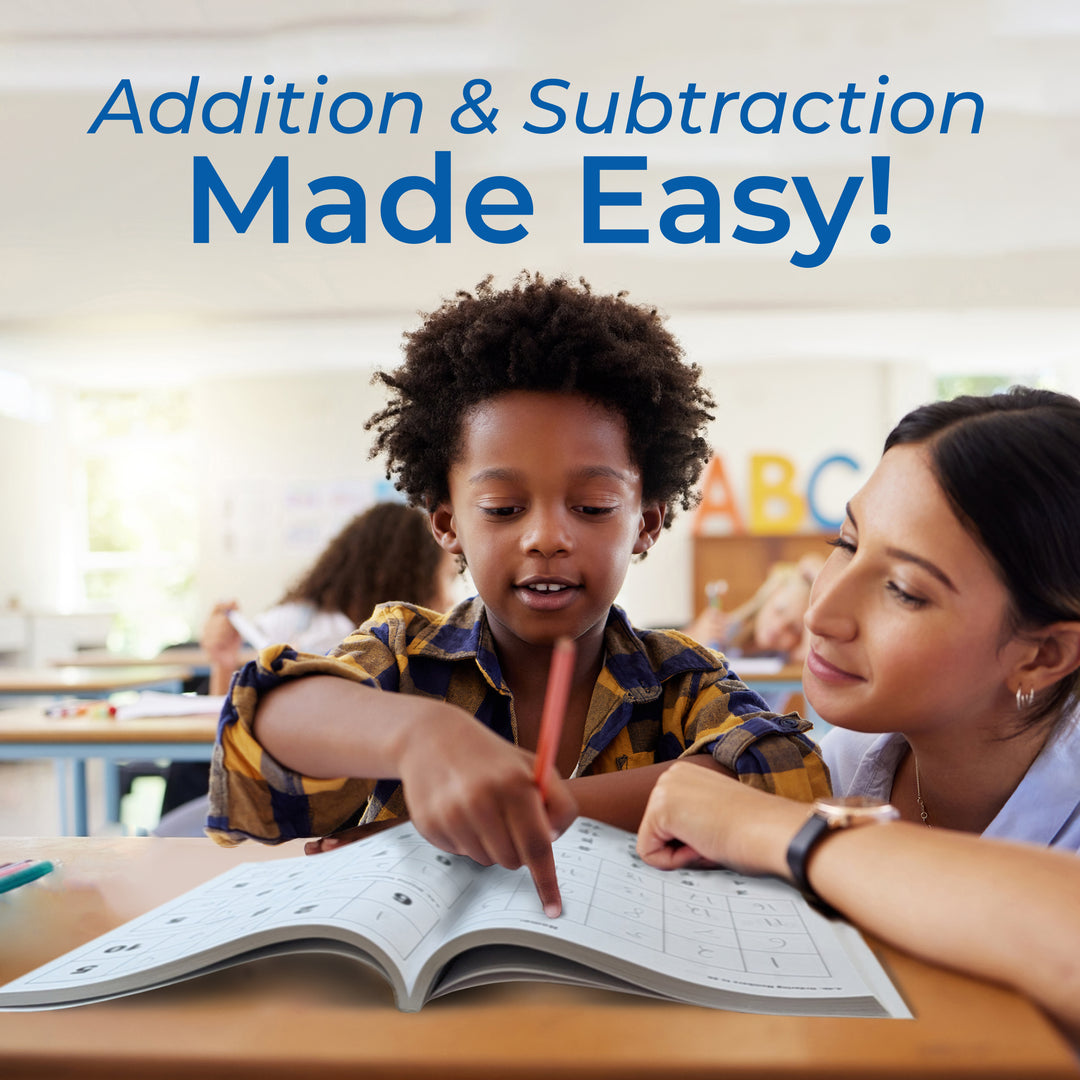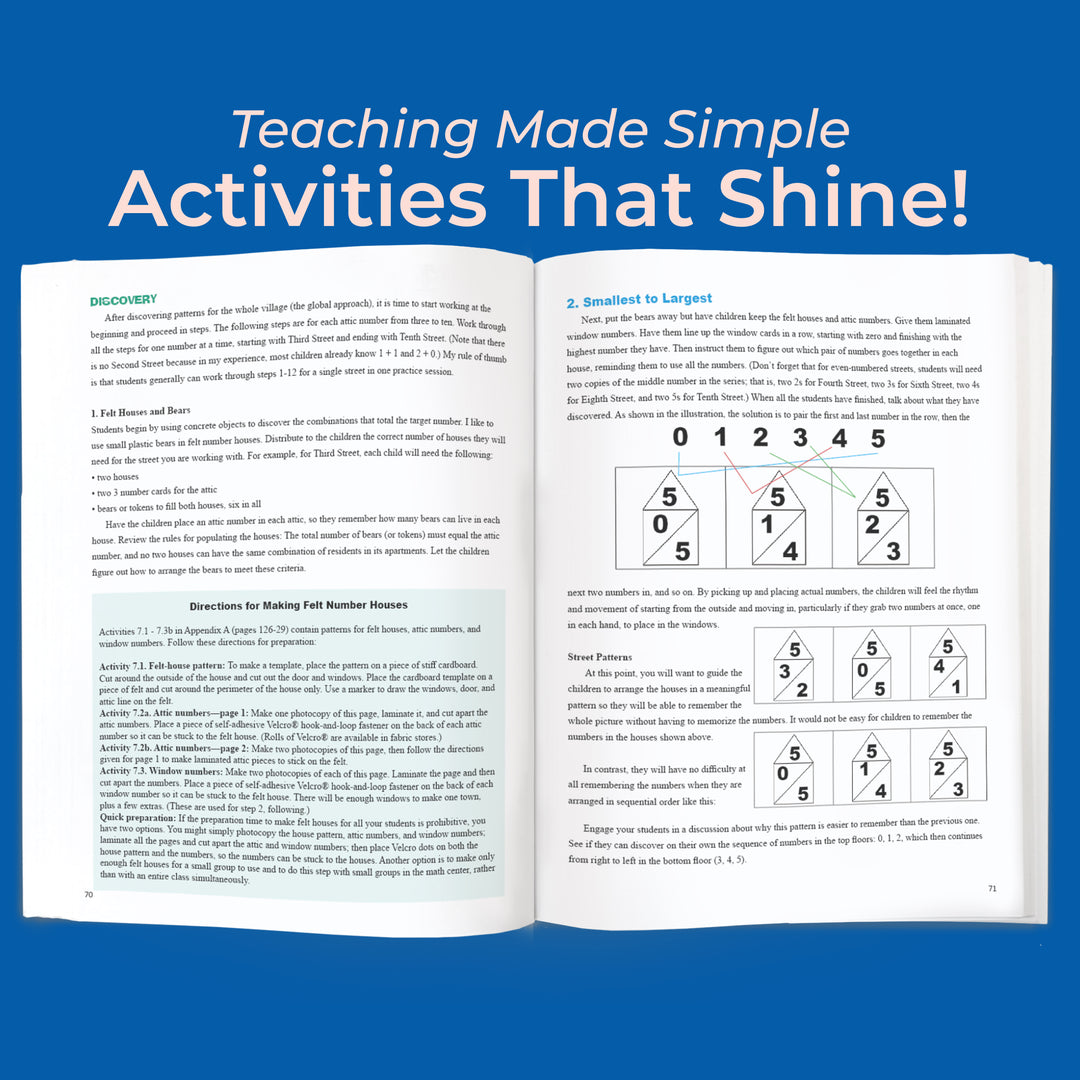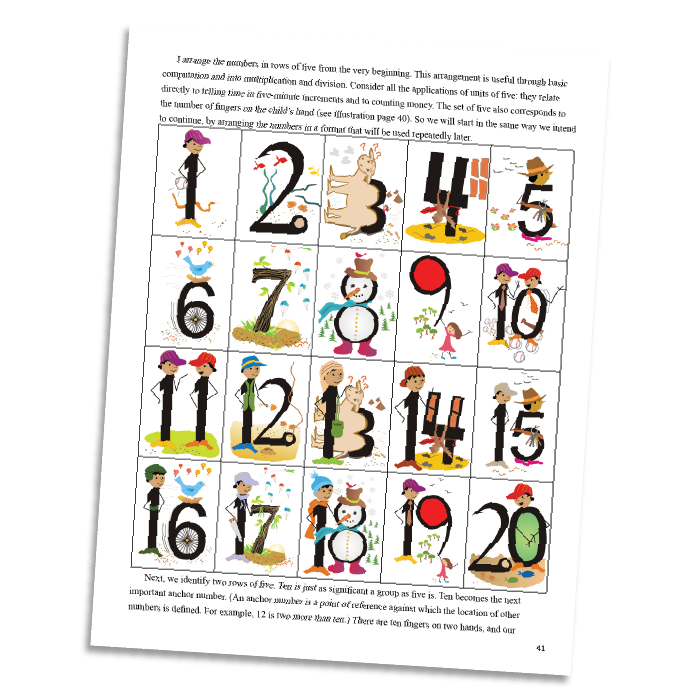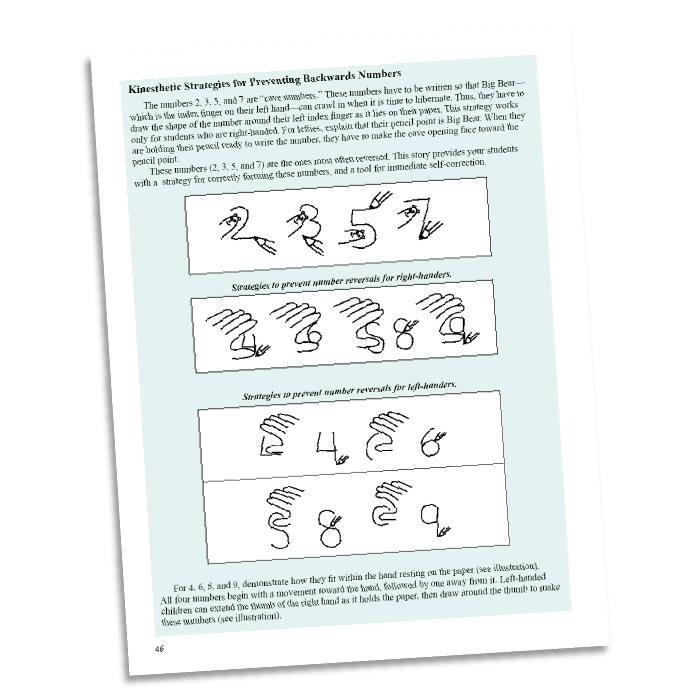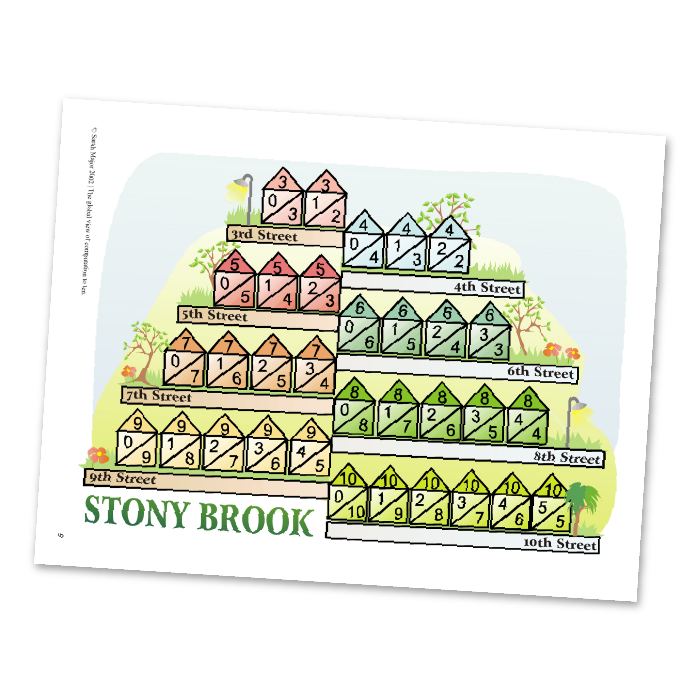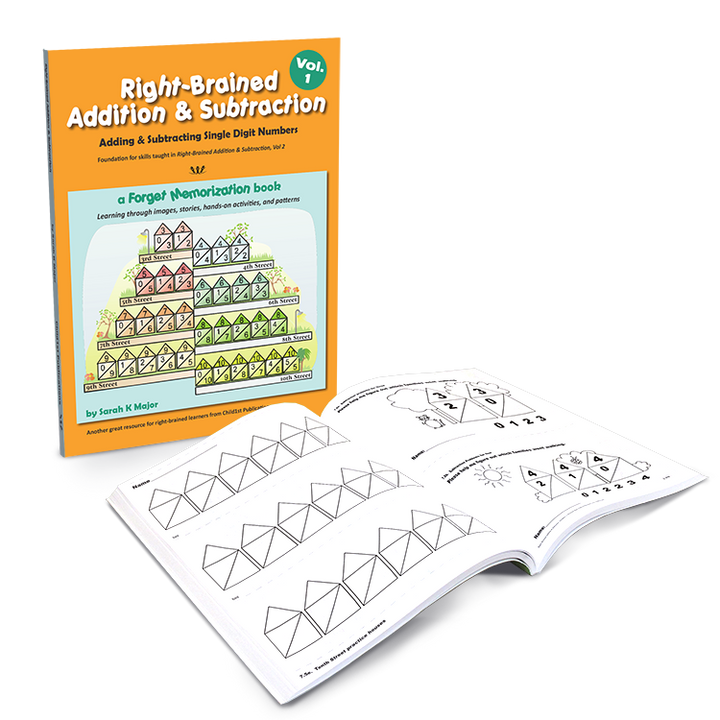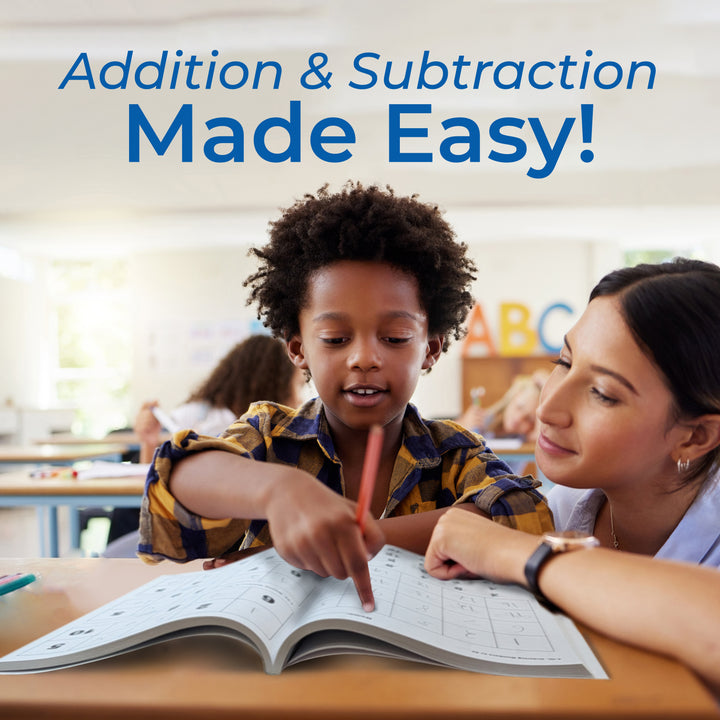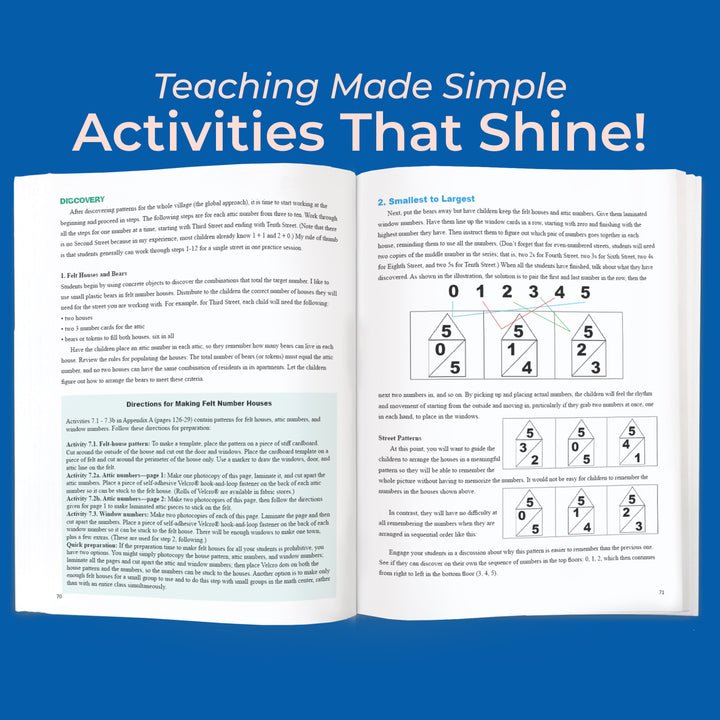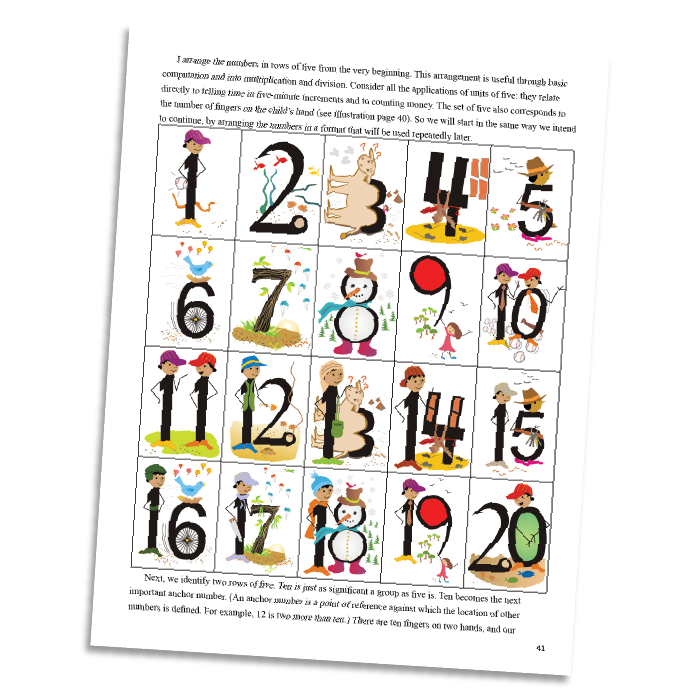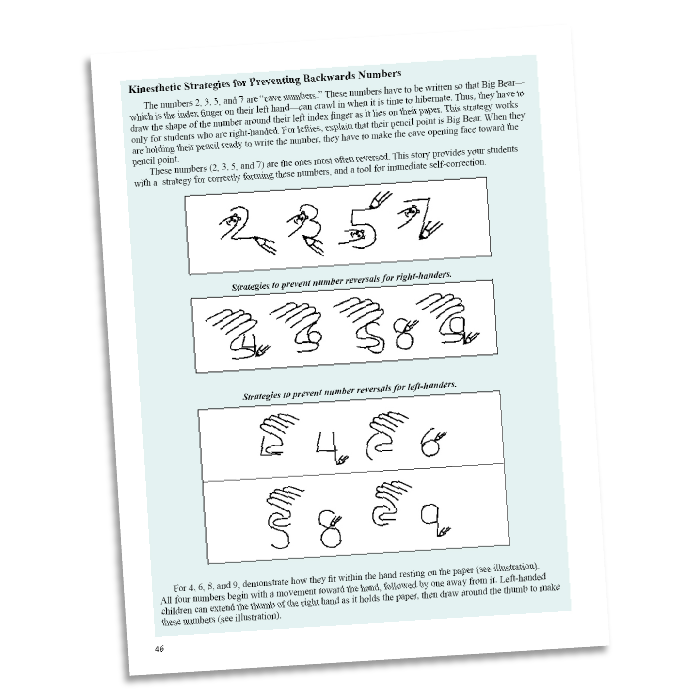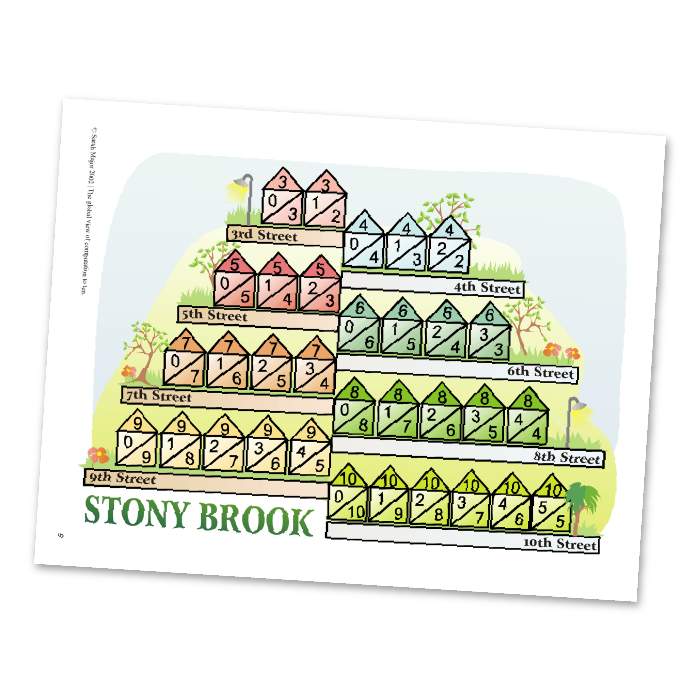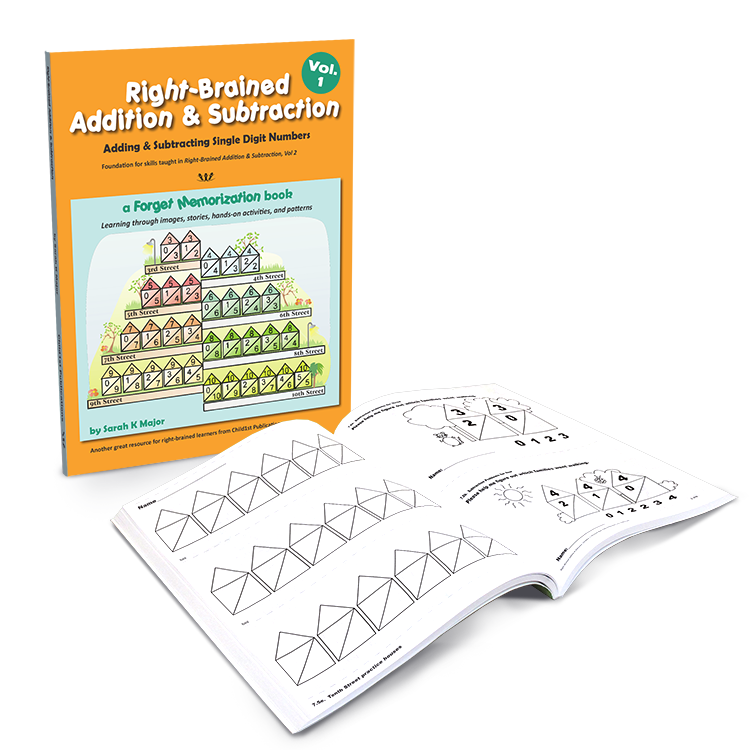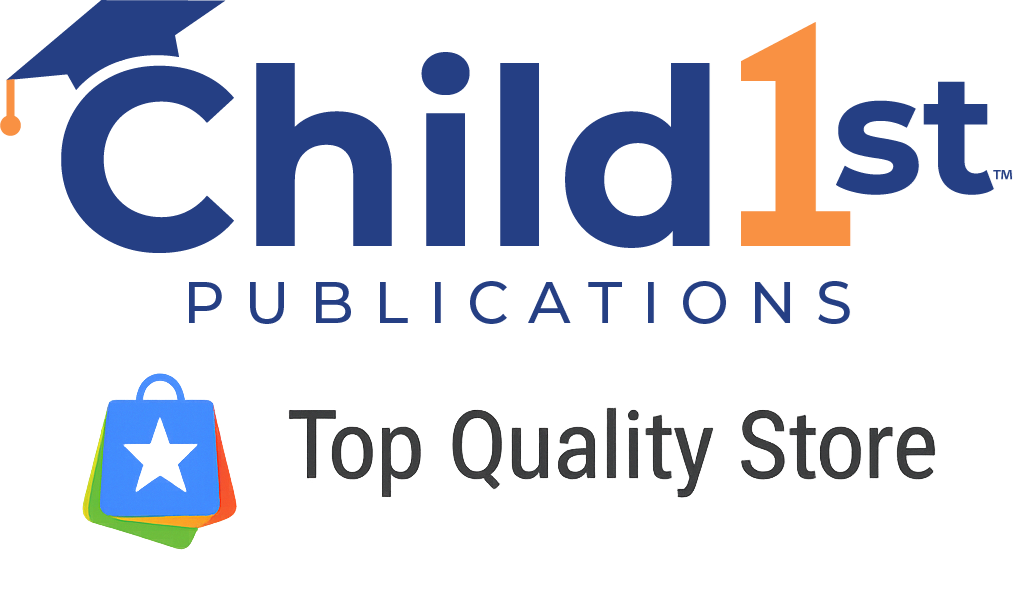Right-Brained Addition & Subtraction Vol. 1 revolutionizes the traditional learning of symbols, abstract concepts, and memorization rules by infusing right-brained elements like visuals and body motion. By stimulating multiple regions of the brain, this approach facilitates effortless learning and retention for children.
This multisensory resource is designed to foster fluency with basic math facts and establish a robust foundation in number sense, number recognition, counting, 5 frames, number families, and computation with numbers up to 10 (single-digit addition and subtraction). Whether utilized in a classroom setting or through personalized instruction, it accommodates students at varying learning levels.
Moving beyond rote memorization, this product introduces early number concepts through engaging stories and captivating imagery. Tailored for visual, tactile, and kinesthetic learners, it offers a comprehensive learning experience that appeals to diverse learning styles. By integrating images, body movement, and narratives, it meets the needs of all learners, making math accessible and enjoyable.
Through this innovative right-brained approach, children not only master basic addition and subtraction but also develop a deeper understanding of fundamental number principles, empowering them to excel in mathematics.
What’s Included
Right-Brained Addition & Subtraction Vol.1 includes 180 pages of lessons and activities covering concepts such as:
Number Recognition, Counting, Writing Numbers, Ordering Numbers, Number Sense, & Addition and Subtraction to Ten



